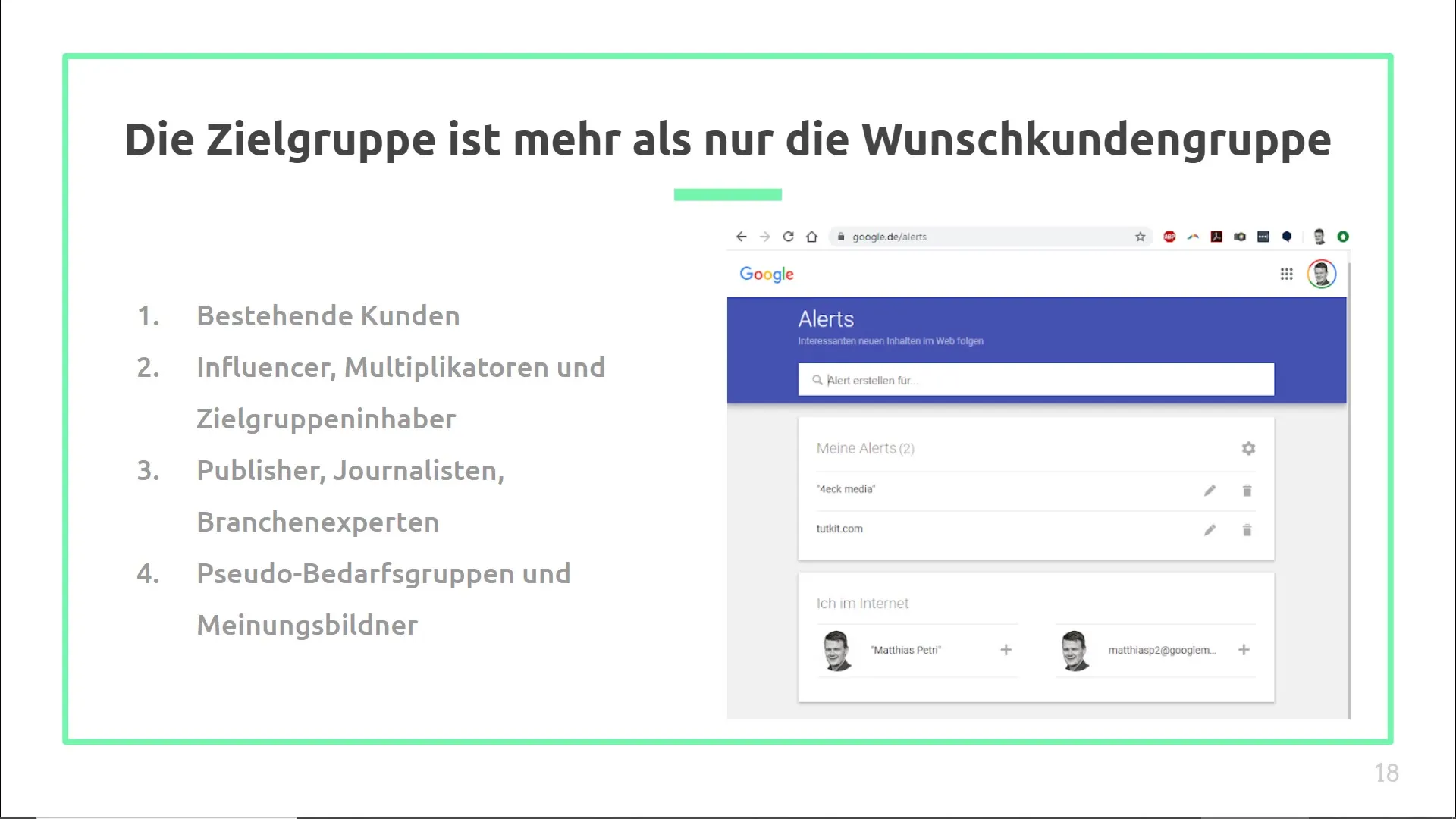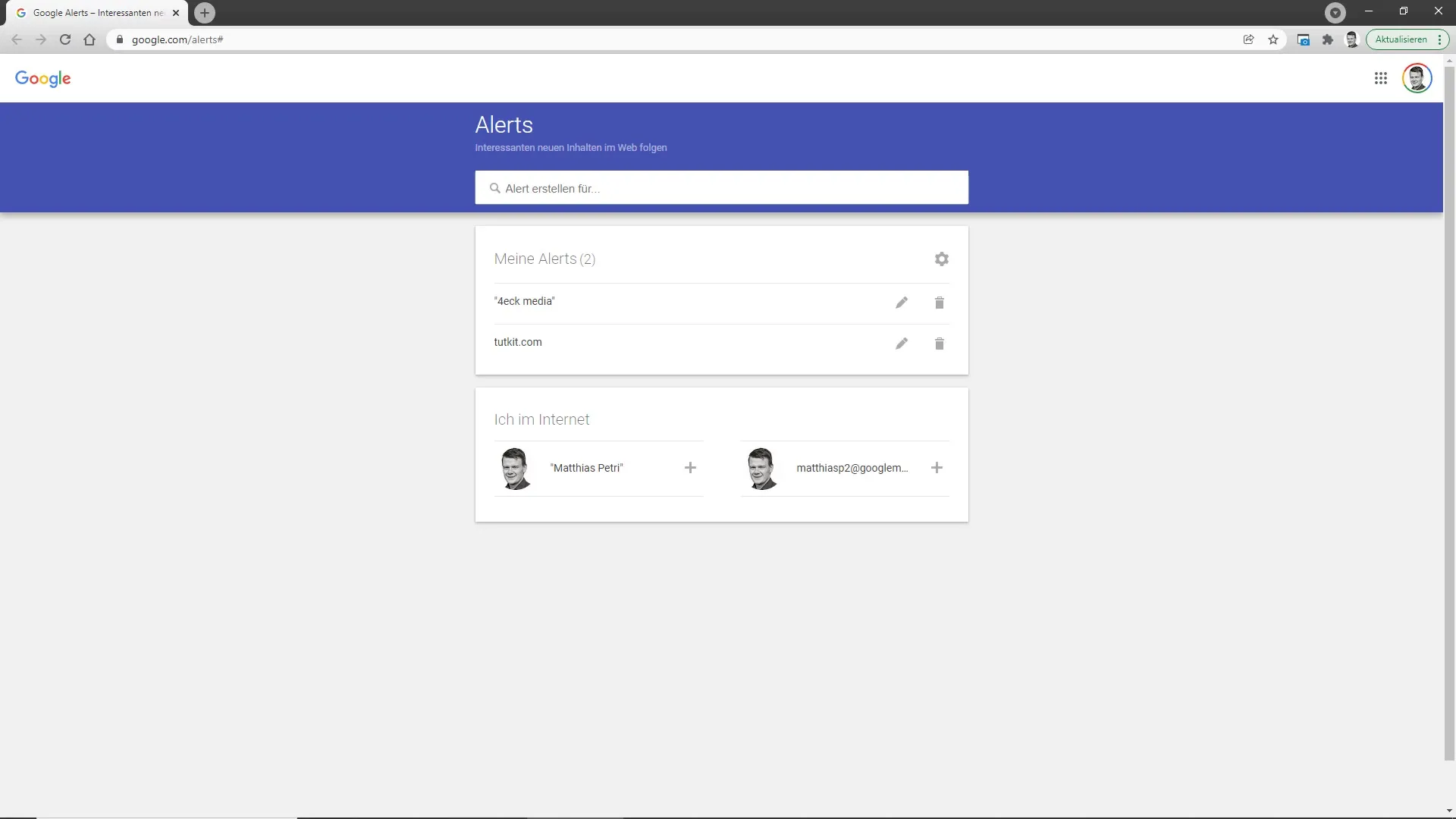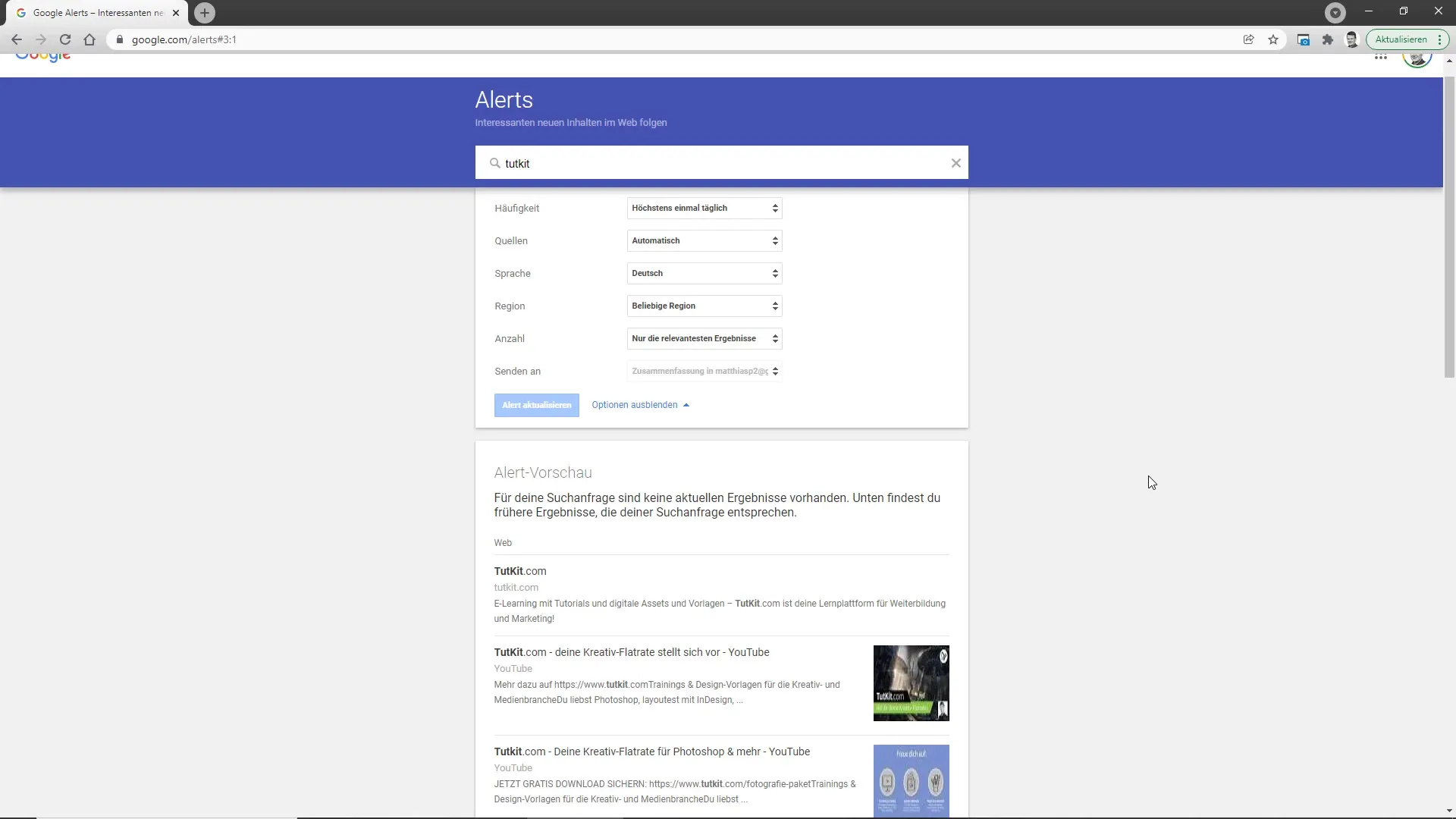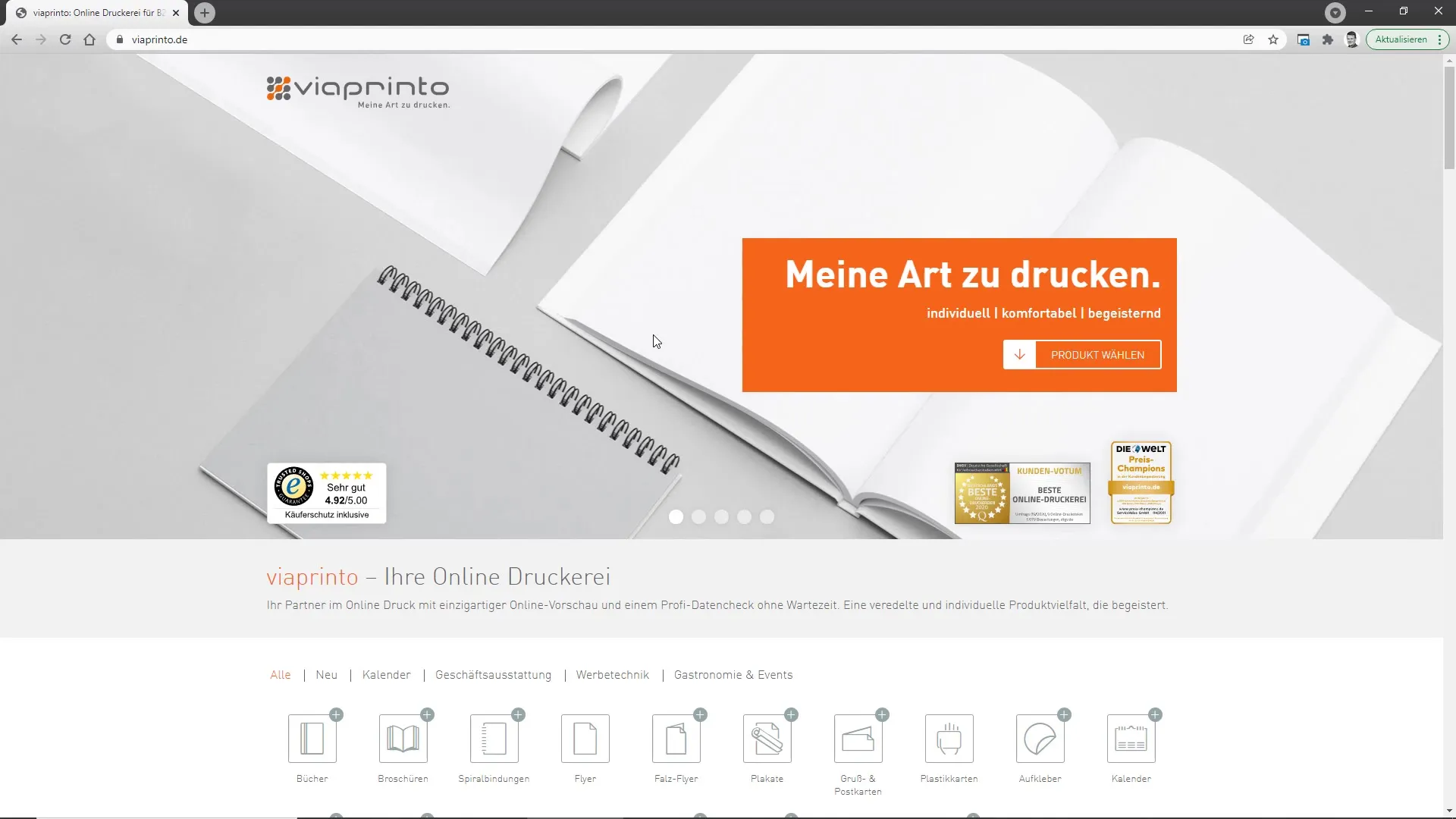In a saturated market, it is crucial to define the right target groups and address them with the appropriate messages. The concept of target group determination goes beyond just identifying your desired customer group. In addition to this group, there are numerous other actors who may be relevant for your marketing goals. It is important to understand their relationships with your company and products. In this guide, you will learn how to identify and address these different target groups.
Key Insights
- The target group is more than just the desired customer group.
- Relevant target groups also include existing customers, influencers, multipliers, and pseudo-needs groups.
- Building a positive relationship with these actors can promote brand development and strengthen brand perception.
- Tools like Google Alerts help monitor the interaction of target groups with your brand.
Step-by-Step Guide
1. Define the various target groups
At the outset, you should consider the different target groups that are relevant for your marketing. The desired customer group is just the first step. Think about which other individuals or actors can help you achieve your marketing goals. These may include your existing customers, influencers, multipliers, journalists, and industry experts.

2. Analyze the relationships of the target groups with your company
After defining the target groups, it is important to understand the relationship they have with your company. Consider how these actors can interact with your brand and products. A deeper understanding of these relationships will help you develop various marketing strategies tailored to the specific requirements and expectations of these target groups.
3. Use online tools to monitor brand perception
An effective tool for monitoring how and where your brand is mentioned is Google Alerts. Set up alerts for your brand to receive regular information about online mentions. You can specify how often you want to be informed about new mentions. This way, you stay informed about interactions between influencers and other actors with your brand. Regular monitoring can help you leverage both positive and negative coverage effectively.

4. Respond to interactions
Once alerted by Google Alerts about mentions of your brand, you can respond promptly. With positive coverage, you have the opportunity to use the content as testimonials or engage with bloggers and influencers to develop further collaborations. In the case of negative coverage, you should take immediate action within your reputation management framework to ward off potential damage to your brand image.

5. Collaborate with target group owners and multipliers
Collaborating with multipliers and target group owners can be of significant value for your marketing. Utilize best practices to create win-win situations. This includes collaborations that bring benefits to both parties. An example is a printing company featuring advertising agencies on its blog. This way, both the printing company and the agencies increase their reach and credibility.

6. Consider pseudo-needs groups and opinion leaders
Another important aspect is pseudo-needs groups and opinion leaders. These groups often indirectly reach your desired customer group but influence purchasing behavior through status symbols or the desire to elevate social status. It is important to consider these groups both in the development of your products and in the design of your marketing strategies.
7. Determine how status symbols influence purchasing behavior
Observe how certain products or brands are represented in various media and how they impact the perception of your target groups. Many premium brands place their products not only strategically in front of potential buyers but also in environments where they are seen by pseudo-needs groups. This type of placement can influence brand image and shape the purchasing decisions of potential customers.
Summary
Identifying and addressing different target groups is a crucial element of a successful marketing strategy. In addition to the desired customer group, analyze and leverage relationships with influencers, multipliers, and other opinion leaders. Tools like Google Alerts facilitate brand perception monitoring and help you respond quickly to both positive and negative coverage. Effective cooperation with target group owners and pseudo-needs groups can further strengthen your marketing and promote brand development.
Frequently Asked Questions
How do I define my target audiences?The target audiences should be defined based on their relationship with your company and their relevant interaction with your brand.
Why do I need Google Alerts?Google Alerts help you track current mentions of your brand on the internet and be able to react to them.
How do I cooperate with multipliers?Effective cooperations can be built through win-win situations where both sides benefit.
Who are the pseudo-demand groups?Pseudo-demand groups are actors who do not have a direct purchasing interest but influence the perception and purchasing decisions of others.
Why are status symbols important?Status symbols contribute to brand perception and positioning, significantly influencing the purchasing behavior of potential customers.

